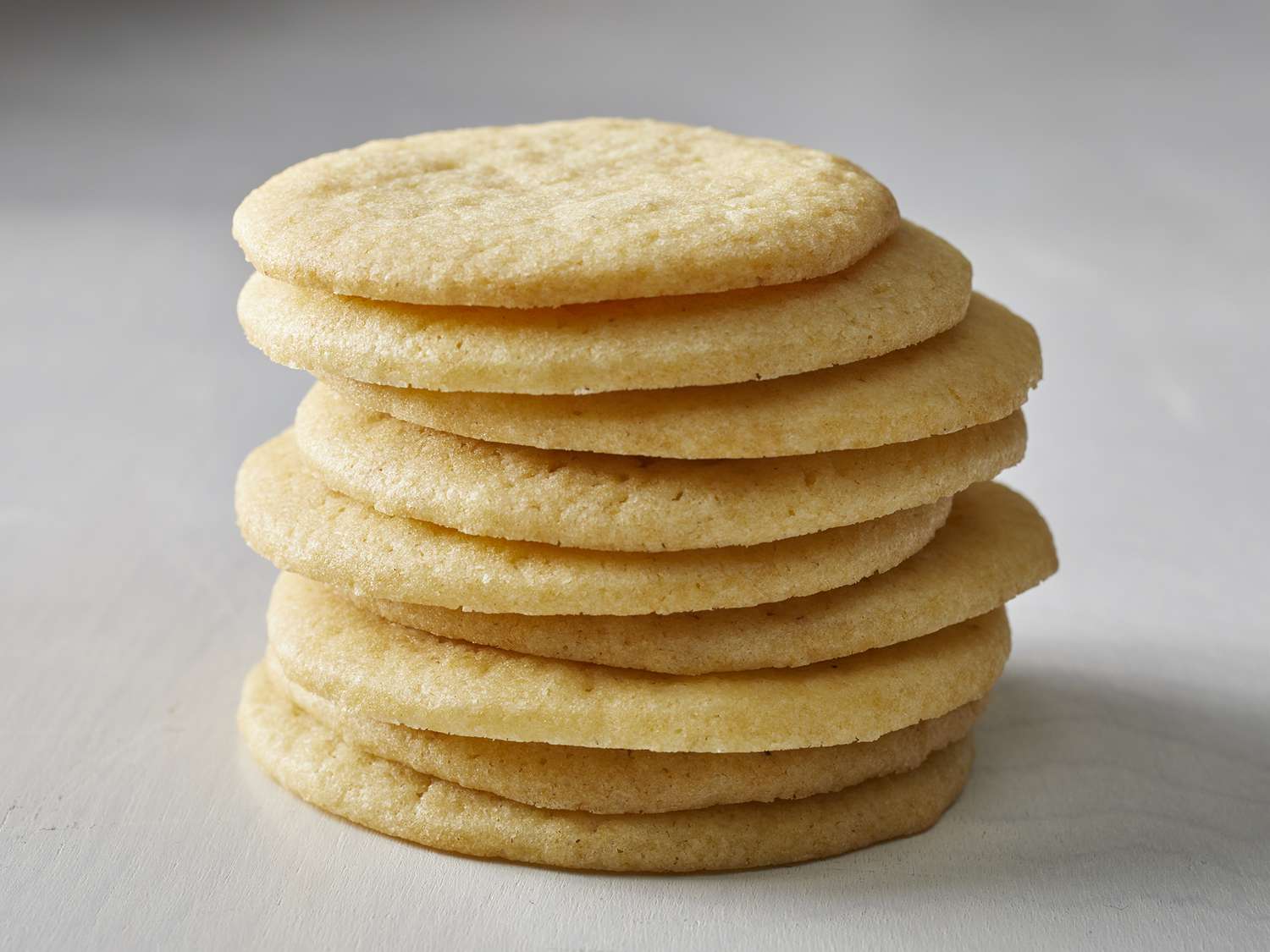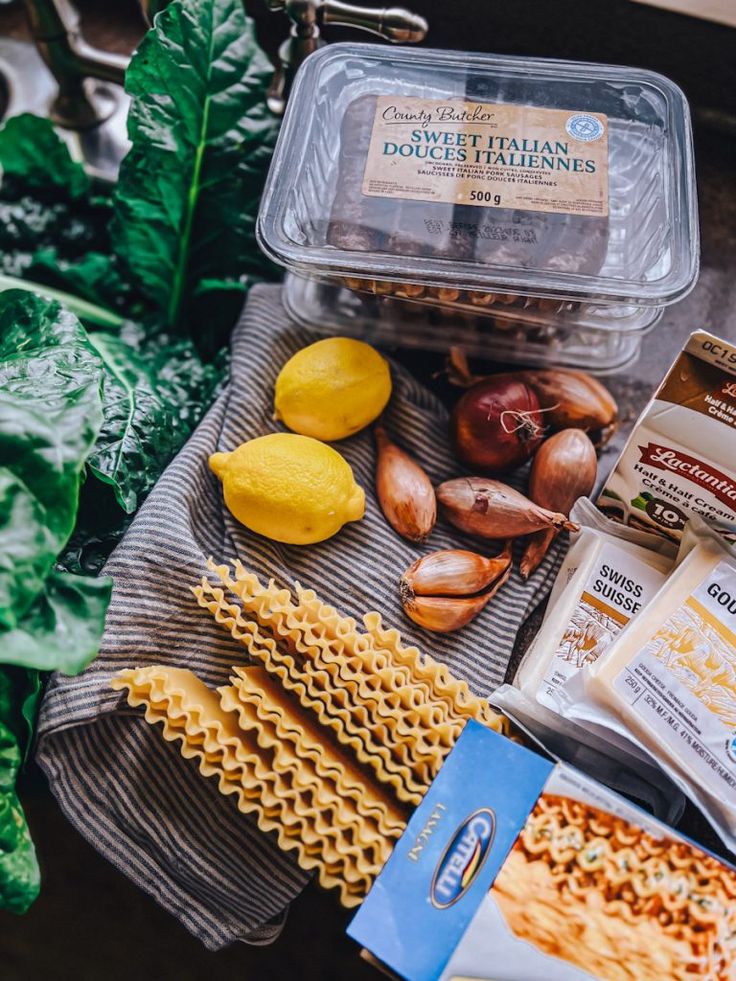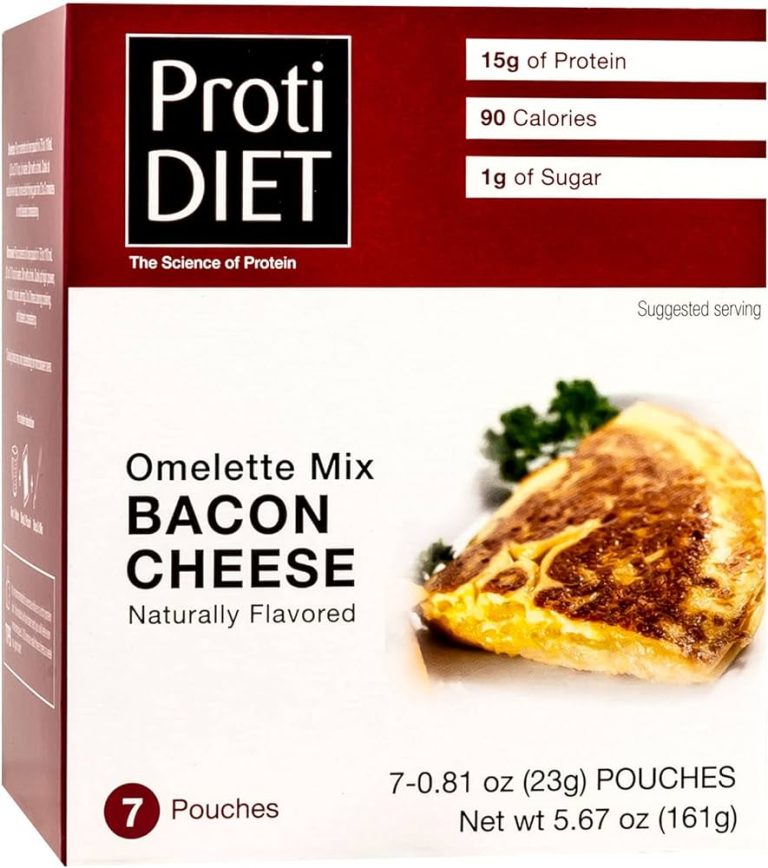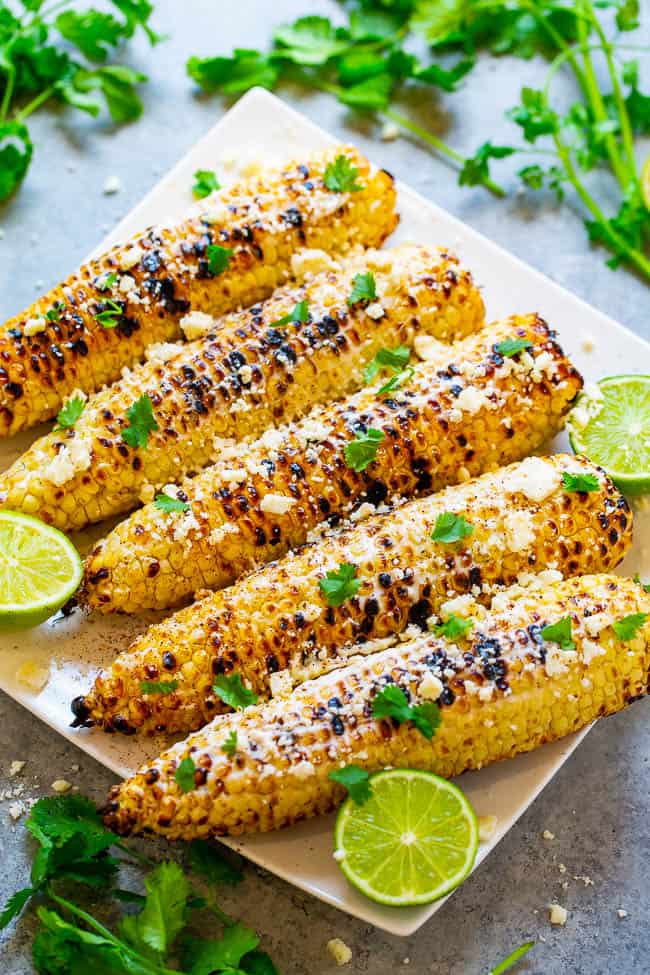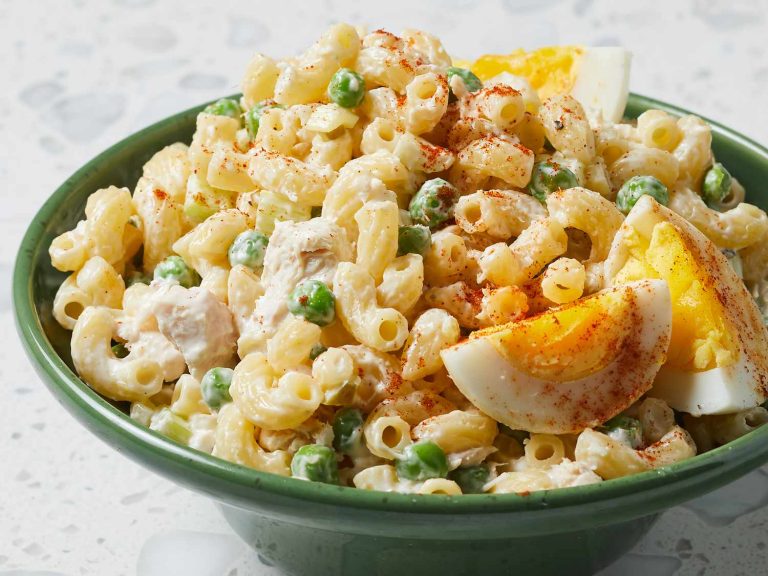Grandmas Old Fashioned Tea Cakes Recipe
Grandma’s old fashioned tea cakes boast a rich history. These treats, tracing their origins to the 18th century, emerged as simple, yet delightful baked goods enjoyed in tea time rituals. Tea cakes often served as symbols of hospitality, reflecting the warmth and care in welcoming guests. They play a significant role in culinary traditions, bridging generations through shared recipes and fond memories.
Geographical Roots
The geographical roots of tea cakes can be traced primarily to the southern United States. Southern bakers adapted tea cake recipes to local ingredients, producing variations that include molasses, spices, or buttermilk. Regions like Georgia, Mississippi, and Louisiana take pride in their distinct versions, adding unique flavors while preserving the essence of these timeless treats. Each variation reflects the region’s cultural heritage and local preferences, making every bite a journey through history.
Key Ingredients Used
Traditional vs. Modern Ingredients
Traditional tea cakes use basic ingredients that stand the test of time. Flour, sugar, butter, eggs, and vanilla extract form the foundation. Grandma’s recipe might include baking soda or powder for leavening. Each ingredient contributes to the tea cakes’ signature texture and flavor.
Modern adaptations introduce elements for diverse tastes and dietary preferences. Some incorporate whole wheat flour or almond flour. Natural sweeteners like honey or agave replace refined sugar in some recipes. Non-dairy alternatives for butter include coconut oil or margarine.
Health Considerations
Health-conscious bakers often modify traditional recipes. Using whole grains increases fiber content. Substituting refined sugar with coconut sugar or stevia reduces the glycemic index. Opting for unsaturated fats like olive oil instead of butter can lower saturated fat intake.
Portion control also plays a role in managing sugar and calorie intake. Smaller tea cakes help maintain balance while enjoying these treats. Pairing with a low-sugar tea or beverage enhances the experience without adding extra calories.
Step-by-Step Baking Guide
Preparing the Dough
Gather all required ingredients: flour, sugar, butter, eggs, milk, vanilla extract, and baking powder. Ensure butter is soft but not melted. In a large bowl, combine the butter and sugar until fluffy. Add eggs one at a time, mixing well after each addition. Stir in the vanilla extract.
In a separate bowl, whisk together the flour and baking powder. Gradually add the dry ingredients to the wet mixture, alternating with milk. Mix until just combined to avoid overworking the dough. Divide the dough into two portions, wrap in plastic wrap, and refrigerate for at least 1 hour to firm up.
Baking and Cooling
Preheat your oven to 350°F (175°C) and line baking sheets with parchment paper. Roll out the chilled dough on a lightly floured surface to about 1/4-inch thickness. Use cookie cutters to shape the dough and transfer to prepared baking sheets, spacing the tea cakes about 2 inches apart.
Bake for 10-12 minutes, or until the edges are golden brown. Allow the tea cakes to cool on the baking sheets for 5 minutes before transferring to a wire rack to cool completely. Store cooled tea cakes in an airtight container to maintain freshness.
Variations and Modern Twists
Regional Variations
Tea cakes across the United States feature unique regional variations that highlight local ingredients and cultural influences. In Georgia, you’ll find tea cakes sweetened with molasses, adding a rich, dark flavor unique to the area. Mississippi’s version often incorporates nutmeg and cinnamon, which introduce a warm, spicy note to the traditional recipe. Louisiana, known for its French influences, might include a hint of almond extract or even a splash of rum for a distinct Creole twist.
Contemporary Flavors
Modern twists on grandma’s old-fashioned tea cakes cater to evolving tastes and dietary preferences. For those seeking healthier options, recipes now substitute refined flour with whole grains like spelt or oat flour. Natural sweeteners, such as honey or maple syrup, replace traditional sugar. Additionally, creative bakers experiment with flavors, incorporating ingredients like matcha for a green tea variant or adding dried lavender for a floral essence. Vegan adaptations also emerge, using coconut oil or vegan butter, making these treats accessible to all dietary choices.
Pairing and Serving Suggestions
Best Drinks to Accompany the Tea Cakes
You can elevate your experience of Grandma’s old fashioned tea cakes with the right beverages. Classic choices include freshly brewed tea, providing both warmth and tradition. For a traditional feel, consider Earl Grey or English Breakfast, as their robust flavors complement the sweetness of the tea cakes.
You might also enjoy coffee, especially if you prefer a stronger flavor contrast. Cappuccino and espresso pair particularly well by balancing the tea cakes’ sweetness.
For non-caffeinated options, hot cocoa or milk can be delightful, especially for children. In warmer weather, iced tea or lemonade refreshes and pairs seamlessly with the tea cakes.
Occasions for Serving
Grandma’s old fashioned tea cakes fit perfectly into a range of occasions. Afternoon tea gatherings allow you to showcase their classic charm. Consider serving them during holiday celebrations, such as Christmas or Easter, where they can evoke nostalgia and tradition.
During family reunions, tea cakes can be a sweet centerpiece that connects generations. They’re also excellent for casual get-togethers, pairing well with various other snacks and drinks.
Special events like baby showers or bridal showers benefit from the elegance that tea cakes bring to the table. Even for a cozy weekend treat, these versatile cakes serve as a comforting yet refined option.
Conclusion
Grandma’s old fashioned tea cakes are more than just a delightful treat; they’re a bridge to our past, a testament to the enduring power of tradition and family. Whether you stick to the classic recipes or experiment with modern twists, these tea cakes offer a versatile and heartwarming addition to any occasion.
So next time you’re looking for a comforting, nostalgic treat, consider baking a batch of these timeless tea cakes. They’re sure to bring a sense of warmth and connection to your gatherings, just as they have for generations.
